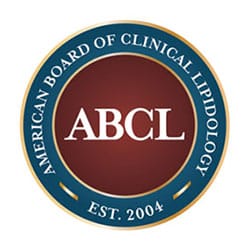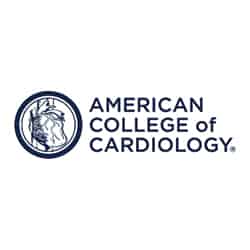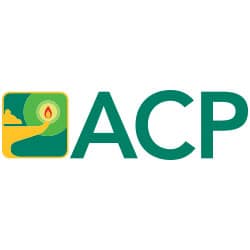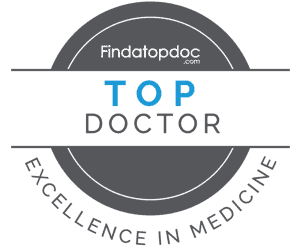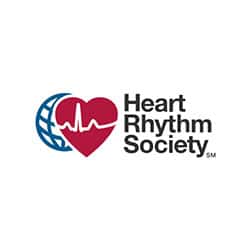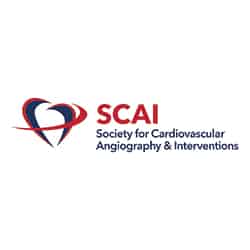Vascular Disease is a disorder of the blood vessels, the circulatory system of the body. Vascular comes from a Latin word for “hollow container.” Any condition that affects this system is considered a vascular disease. The diseases range from problems with your arteries, veins, and vessels carrying lymph to disorders affecting blood flow. Vascular disease can lead to your tissues not getting enough blood (a condition called ischemia) and other serious, even life-threatening problems.
St. Louis Heart and Vascular has the best vascular disease doctors in the St. Louis area. For an evaluation of how well your vascular system is functioning, schedule an appointment with one of our vascular disease specialists at St. Louis Heart and Vascular by calling the nearest office.
Vascular Disease Treatment Q&A
What is Atherosclerosis and Peripheral Artery Disease?
Peripheral arteries carry blood to other tissues and organs throughout your body. These arteries can have deposits of fat, cholesterol, and other substances on their inside walls. These deposits are known as plaque. Over time, plaque can build up, narrowing the vessel and making it hard for blood to flow.
Eventually, the artery will be so narrow that your body’s tissues don’t get enough blood. Depending on where it happens, you can have different symptoms and problems. For example:
- A blockage in a leg can lead to leg pain or cramps when you’re active — a condition called claudication — skin color change, sores or ulcers, and your legs feeling tired.
- If it’s in the carotid arteries that supply your brain, it can lead to a stroke or mini-stroke, which is called a transient ischemic attack or TIA.
- Blockage in the kidney arteries can lead to trouble with how they work, uncontrolled high blood pressure, and heart failure.
- When you don’t have any blood flow to a part of your body, the tissues could die. If that happens, you may lose a limb or an organ.
Our vascular disease doctors at St Louis Heart and Vascular can offer multiple options of treatment for peripheral artery disease. Some of the most common treatments include peripheral angioplasty or stenting. Another option is atherectomy, which can cut the plaque from the wall of the artery.
What is an Aneurysm?
An aneurysm is a bulge in the wall of any blood vessel. It’s most often seen in the aorta, the main blood vessel leaving the heart. You can get an aortic aneurysm in your chest, where it’s called thoracic, or your belly, where it’s called abdominal.
Small aneurysms generally pose no threat. But they do put you at risk for other problems:
- Plaque deposits may build up where the aneurysm is. A clot may form there then break off and get stuck somewhere else, which could be very dangerous. The aneurysm might get bigger and press on other organs, which causes pain.
- Because the artery wall is stretched and thinner at the spot of an aneurysm, it’s fragile and could burst under stress, like a balloon. The sudden rupture of an aortic aneurysm can be deadly.
Our physicians can evaluate and treat you for this condition. Treatment can include a procedure where a stent-graft can be placed inside the aorta to reinforce the wall of the artery and to help keep the damaged area from rupturing. This is called EVAR, endovascular aneurysm repair.
What is Peripheral Venous Disease and Varicose Veins?
Unlike arteries, veins have flaps inside called valves. When your muscles contract, the valves open and blood moves through the tubes. When your muscles relax, the valves close so the blood only flows in one direction.
Damaged valves may not close completely as your muscles relax. This allows blood to flow in both directions, and it can pool.
Varicose veins are an example of this. They may bulge like purple ropes under your skin. They can also look like small red or purple bursts on your knees, calves, or thighs. These spider veins are caused by swollen small blood vessels called capillaries. At the end of the day, your legs might ache, sting, or swell.
More women than men get varicose veins, and they often run in families. Pregnancy, being very overweight, or standing for long times can cause them.
Because the blood is moving more slowly, it may stick to the sides of the veins, and clots can form.
Our vascular disease specialists at St. Louis Heart and Vascular offer multiple venous occlusion procedures including EVLT (endovenous laser therapy), Clarivein, Varithena, or Venaseal. Each of these procedures close the veins in the legs which are not working correctly which then allows the blood flow to divert to other leg veins which are performing more appropriately. This treatment decreases leg swelling and pain associated with the swelling. Benefits of venous occlusion procedures include:
- No scarring
- No surgical incision in the groin
- Less bruising
- Faster recovery
- Can be done under local anesthetic
- No overnight hospital stay needed
- Lower recurrence of varicose veins
What are Blood Clots in Veins (DVT or PE)?
A blood clot in a vein inside a muscle, usually in your lower leg, thigh, or pelvis, is a deep vein thrombosis (DVT). If it breaks loose and travels to your lungs, it becomes a pulmonary embolism (PE).
They’re usually caused by:
- Conditions that slow blood flow or make blood thicker, such as congestive heart failure and certain tumors
- Damaged valves in a vein
- Damaged veins from injury or infection
- Genetic disorders that make your blood more likely to clot
- Hormones, such as estrogen from pregnancy and birth control pills
- Long bed rest or not being able to move much
- Surgery, especially some operations on your hips and legs
Damaged vein valves or a DVT can cause long-term blood pooling and swelling in your legs, too. That’s called chronic venous insufficiency. If you don’t do anything about it, fluid will leak into the tissues in your ankles and feet. It may eventually make your skin break down and wear away.
Treatment always includes blood thinners or anti-coagulants. Sometimes, the clot needs to be removed mechanically by a procedure called thrombectomy which can be performed by a St Louis Heart and Vascular Physician.
What are Blood Clotting Disorders?
Some illnesses make your blood more likely to form clots. You could be born with one, or something may happen to you. These disorders can cause:
- Higher-than-normal levels of clot-forming substances, including fibrinogen, factor 8, and prothrombin
- Not enough blood-thinning (anticoagulant) proteins, including antithrombin, protein C, and protein S
- Trouble breaking down fibrin, the protein mesh that holds clots together
- Damage to the endothelium, the lining of the blood vessel
What is Lymphedema?
Your lymphatic system doesn’t have a pump like your blood circulation system does. It relies on valves in the vessels and muscle contractions to keep the lymph moving.
When vessels or nodes are missing or don’t work right, fluid can build up and cause swelling, most often in your arms or legs. This is called lymphedema.
Primary lymphedema is rare. It happens when you’re born without certain lymph vessels or when you have a problem with the tubes themselves.
A blockage or interruption of the lymphatic system is called secondary lymphedema. It can happen because of:
- Cancer and cancer treatments, including radiation
- Deep vein thrombosis (DVT)
- Infection
- Scar tissue formation
- Serious injury
- Surgery
Treatment for lymphedema may include physical therapist directed massage therapy, compression stockings, and possibly compression pumps. Premier Pharmacy, located at 3550 McKelvey Road in Bridgeton, has a wide variety of sizes and colors of compression stockings.
Vascular Disease Treatment Available at These Locations
We offer Vascular Disease Treatment at the following St. Louis Heart and Vascular locations. Contact us to schedule your appointment today.
Bridgeton Office
- (314) 741-0911
- 3550 McKelvey Rd.
Bridgeton, MO 63044 - Location Info
Christian Hospital Office
- (314) 741-0911
- 11155 Dunn Road, Suite 304E, MOB #1
St. Louis, MO 63136 - Location Info
Des Peres Hospital Office
- (314) 741-0911
- 2325 Dougherty Ferry Road, Suite 203
St. Louis, MO 63122 - Location Info
Granite City Office
- (314) 741-0911
- 2120 Madison Ave., Suite 101
Granite City, IL 62040 - Location Info
St. Charles Office
- (314) 741-0911
- 1551 Wall Street, Suite 410
St. Charles, MO 63303 - Location Info
Town & Country Office
- (314) 741-0911
- 3009 N. Ballas Rd, Suite 100B
St. Louis, MO 63131 - Location Info
Wentzville Office
- (314) 741-0911
- 105 Creekside Office Dr.
Wentzville, MO 63385 - Location Info


